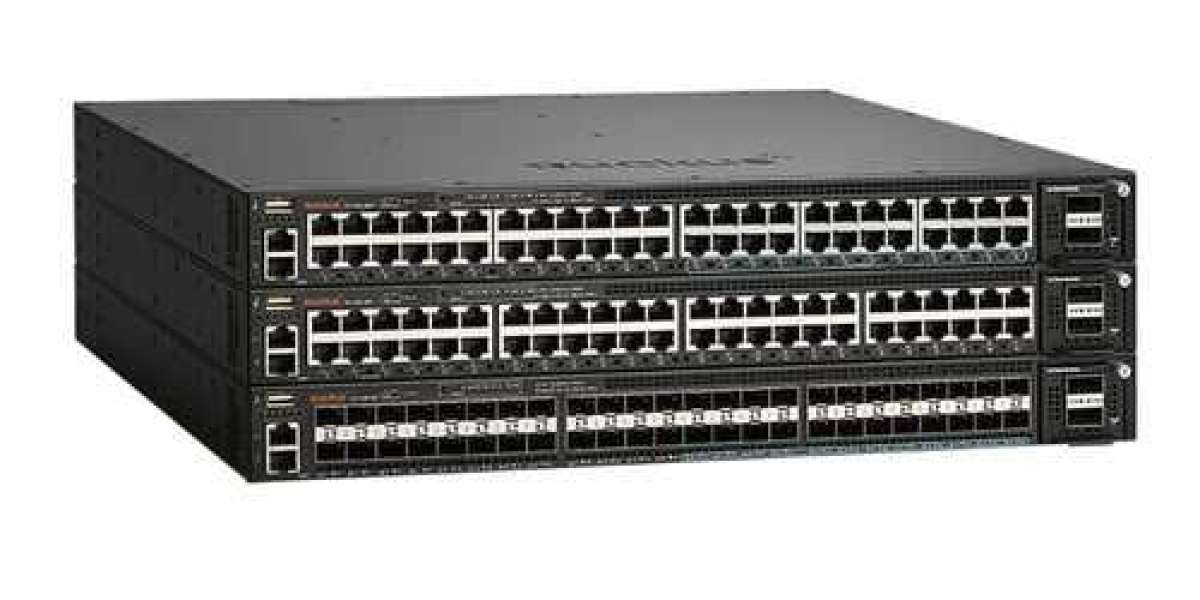The 802.11ax standard, commonly known as Wi-Fi 6, represents a significant advancement in wireless networking technology. It is designed to address the increasing demand for higher speeds, greater efficiency, and improved performance in environments with numerous connected devices. This article provides an overview of 802.11ax, its key features, and the benefits it brings to users and network administrators.
What is 802.11ax?
802.11ax, or Wi-Fi 6, is the latest generation of the Wi-Fi standard developed by the Institute of Electrical and Electronics Engineers (IEEE). It builds on the previous generation, 802.11ac (Wi-Fi 5), by introducing several new technologies and enhancements that aim to improve network performance, capacity, and efficiency.
Key Features of 802.11ax
Increased Speed and Bandwidth: 802.11ax offers significant improvements in data transfer speeds compared to its predecessors. It can achieve theoretical maximum speeds of up to 9.6 Gbps, which is a substantial increase over the 3.5 Gbps of Wi-Fi 5. This enhancement is achieved through improved modulation techniques and more efficient use of available spectrum.
Orthogonal Frequency Division Multiple Access (OFDMA): OFDMA is a key feature of 802.11ax that allows multiple devices to share the same channel simultaneously. By dividing the channel into smaller sub-channels, OFDMA reduces latency and improves efficiency, particularly in high-density environments with many connected devices.
Target Wake Time (TWT): TWT is designed to optimize battery life for Wi-Fi devices. It allows devices to schedule when they wake up to send or receive data, reducing the need for constant communication with the router. This feature is particularly beneficial for battery-powered devices such as smartphones, tablets, and IoT devices.
Improved Capacity and Efficiency: 802.11ax enhances network capacity by using technologies like Basic Service Set (BSS) Coloring, which helps minimize interference from neighboring networks. This improvement is crucial in environments such as offices, stadiums, and public spaces where many devices are connected simultaneously.
Better Performance in Crowded Environments: Wi-Fi 6 introduces advancements like Spatial Reuse and improved modulation to handle dense environments more effectively. This ensures better performance and reliability in locations with high device density, such as airports, conference centers, and urban areas.
Backward Compatibility: 802.11ax is designed to be backward compatible with previous Wi-Fi standards. This means that devices supporting older standards, such as Wi-Fi 4 and Wi-Fi 5, can still connect to a Wi-Fi 6 network, ensuring a seamless transition and compatibility with existing devices.
Benefits of 802.11ax
Enhanced Speed and Performance: With higher data transfer speeds and improved efficiency, Wi-Fi 6 provides a better overall user experience. This means faster downloads, smoother streaming, and improved performance for applications that require high bandwidth.
Increased Network Capacity: The ability to handle more devices simultaneously without a significant drop in performance is a major advantage of 802.11ax. This is particularly important as the number of connected devices continues to rise.
Longer Battery Life: TWT helps extend the battery life of connected devices by reducing the frequency of wake-up times. This leads to longer usage between charges, which is especially valuable for mobile and IoT devices.
Improved Reliability: The advanced technologies in Wi-Fi 6 enhance the reliability of the network, reducing interference and improving performance in crowded environments. This ensures a more stable and consistent connection.
Conclusion
802.11ax, or Wi-Fi 6, represents a significant leap forward in wireless networking technology. With its increased speeds, improved capacity, and advanced features like OFDMA and TWT, Wi-Fi 6 addresses the growing demands of modern networks and connected devices. Whether in a home, office, or public space, adopting Wi-Fi 6 technology can enhance network performance, efficiency, and user experience, making it a valuable investment for the future of wireless connectivity.
For more info. visit us:








